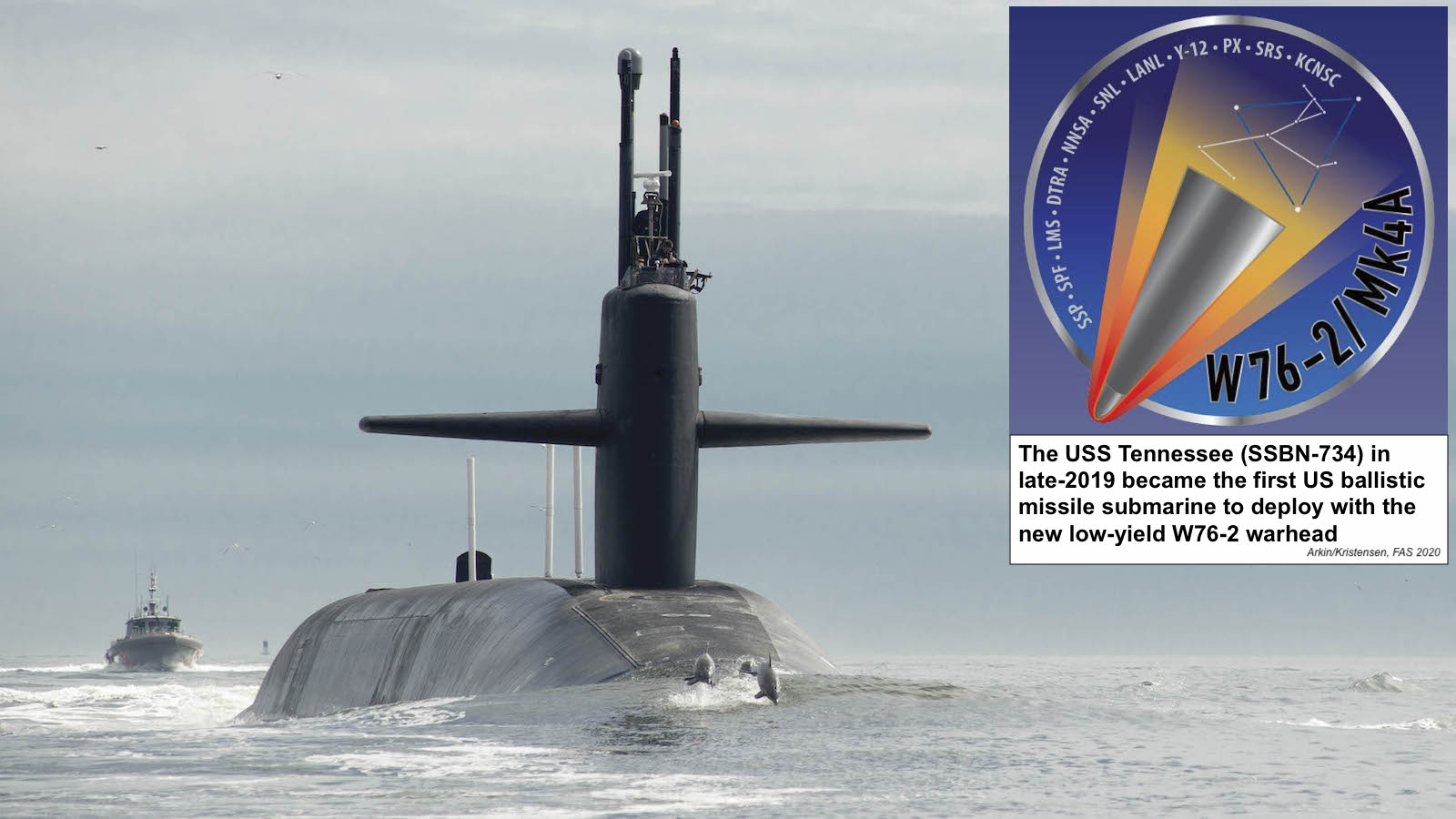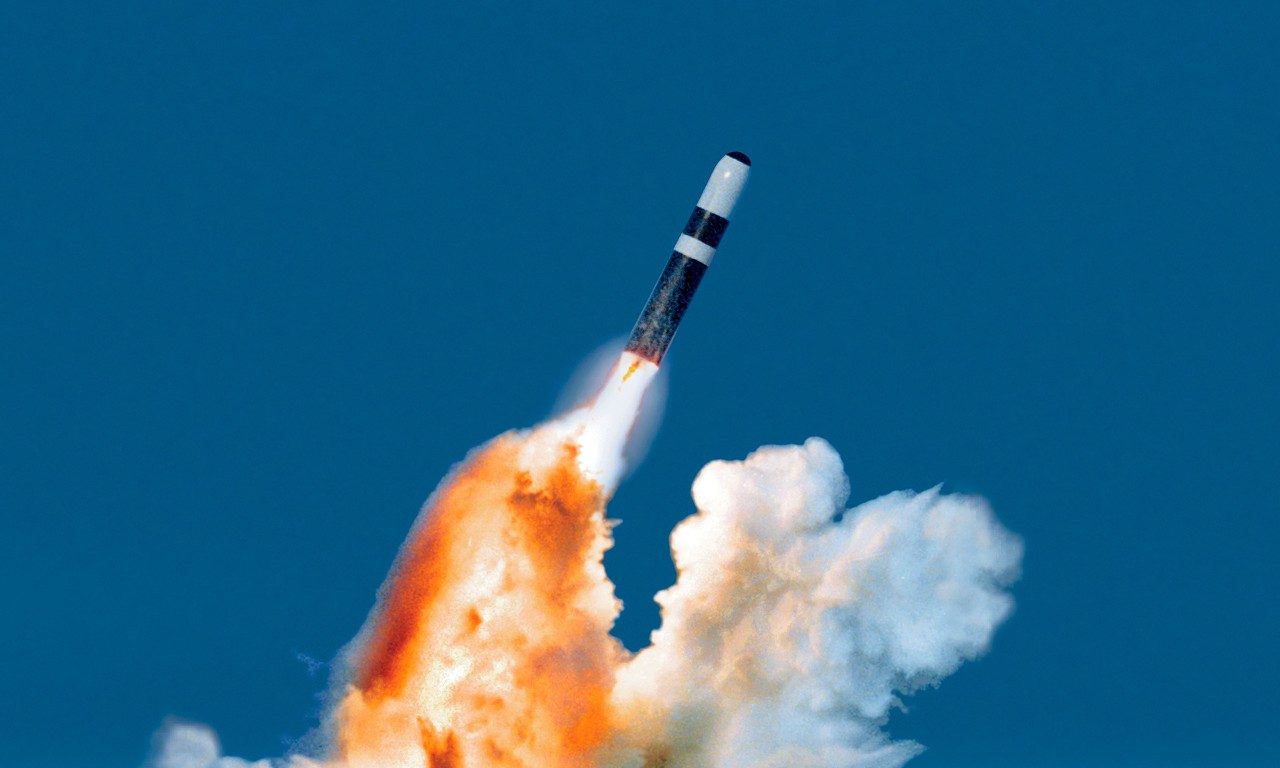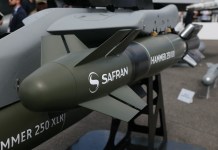The Biden administration finally released an unclassified version of its long-awaited Nuclear Posture Review (NPR) on October 27, 2022. Coming against Russia’s dangerous nuclear saber-rattling, it does away with a major sea-launched nuclear weapon from the Trump era.
According to the document, the United States will cease the effort to develop a nuclear-capable sea-launched cruise missile which was decided under former President Donald Trump with a particular focus on the threat posed by Russia.
The document has been released ahead of a crucial mid-term election in November.
The decision has reportedly been taken against the recommendations of some senior military officials, according to media reports. Scrapping the submarine-launched cruise missile could help President Joe Biden respond to Democratic calls to reduce America’s nuclear stockpile without jeopardizing the “triad” of nuclear weapons.
The weapon, named Submarine Launched Cruise Missile-Nuclear (SCLM-N), which had backing from the Joint Chiefs and the US Strategic Command, was deemed to have “zero value,” a senior defense official told reporters after the release of the document.
“Everyone’s voice has been heard. As it applies to the current situation – Russia [and] Ukraine – [it] has zero value because even at the full funding value, it would not arrive until 2035,” the senior defense official said. “Our deterrence posture is firm. Russia’s been deterred from attacking NATO. We continue to focus on Russia and China. I think as it stands right now, there is no need to develop SLCM.”
However, the timing of such a decision and the publication of the Nuclear Posture Review document is significant as it comes when Russia has been floating the narrative about a “dirty bomb.” Russian Defense Minister Sergei Shoigu informed his western peers that Ukraine was planning to use a “dirty bomb,” which would ostensibly lead to a Russian nuclear retaliation.
Under Donald Trump, the US military decided to build a new nuclear-armed sea-launched cruise missile in 2018. However, the decision to scrap the program aligns with Joe Biden’s inclination towards not adding new nuclear weapons to the arsenal. In its totality, the NPR seeks to adjust the existing force posture and increase the use of conventional weapons.
However, one significant policy consideration worth highlighting is that the US now considers China a bigger threat than Russia. The Biden administration released three documents: the National Defense Strategy, Nuclear Posture Review, and Missile Defense Review.
In the National Defense Strategy document, the administration maintains that the long-term threat to Washington comes from China, the war waged by Russia on Ukraine notwithstanding.
A senior defense official told reporters that the biggest way the new document departs from the previous one is by emphasizing China as the greater threat rather than a shared focus on China and Russia. The SCLM-N is a weapon that was designed primarily to deter Moscow.

NPR Is Out, So Is The Trump-Era Nuclear Weapon
According to US Defense Secretary Lloyd Austin, the military did not require the SLCM-N because its nuclear stockpile already had sufficient capabilities. When asked if the scrapping would send a dangerous message to Russia and China, he said: “I don’t think this sends any message to Putin. He understands what our capability is.”
Another senior official defended the scrapping by saying that even if the program had received total funding, the missiles wouldn’t be ready until 2035. However, there has been significant criticism – some overt while others covert – about abandoning a crucial program by the military.
For instance, in April, Mark Milley, a senior US general, told Congress that his opinion of the SLCM-N had not altered and that he thought several options should be available.
Besides the SLCM-N, the Biden administration has decided to retain another weapon codenamed W76-2, which was initially intended as a system to deter an adversary like Russia using a low-yield weapon.

As far as the SCLM-N is concerned, the US Navy had already done away with the funding for research and development into a new nuclear-armed sea-launched cruise missile (SLCM-N) for the financial year 2023 budget request. At the time, the program was cited as cost prohibitive and had a long delivery schedule that would outdo the need for the weapon.
The US Navy had stated that this program’s scrapping would save $199.2 million in FY2023 and $2.1 billion over the next five years. According to a report published in 2019 by the Office of the Undersecretary of Defense for Policy, the SLCM-N would be used as a countermeasure to changes in Chinese and Russian nuclear doctrine.
The paper noted that the SLCM-N would have the required range, penetration capabilities, and efficacy to hold primary adversary targets at risk and would be capable of proportionate, discriminate reactions based on survivable, regionally present platforms. However, the policy imperative seems to have changed for many in the Navy and the Biden administration.
The US already possesses or will soon have three more nuclear weapon systems, including the new W76-2 low-yield warhead on Trident D5 submarine-launched ballistic missiles, the air-launched cruise missiles that are currently in production, and the new B61 nuclear bombs.
Together, these systems can do all tasks that the SLCM-N is capable of, writes George Perkovich for Carnegie Endowment.

The Department of Defense also released another document besides the NPR and the NDS, known as the Missile Defense Review, that identifies both China’s and Russia’s missile modernization, including hypersonic weapons, as a persistent challenge to the US.
While the NPR revisits its capabilities relative to Russia and reiterates the expansion of Chinese nuclear warhead capability, it actively talks about deterrence.
The elimination of the SCLM-N could be a part of a long view, but critics’ voices are louder after publication. It is unclear if the Republican Party, with a vast Trump influence, would bring the SCLM-N if it wrests back numbers in the November elections.
- Contact the author at sakshi.tiwari9555@gmail.com
- Follow EurAsian Times on Google News




